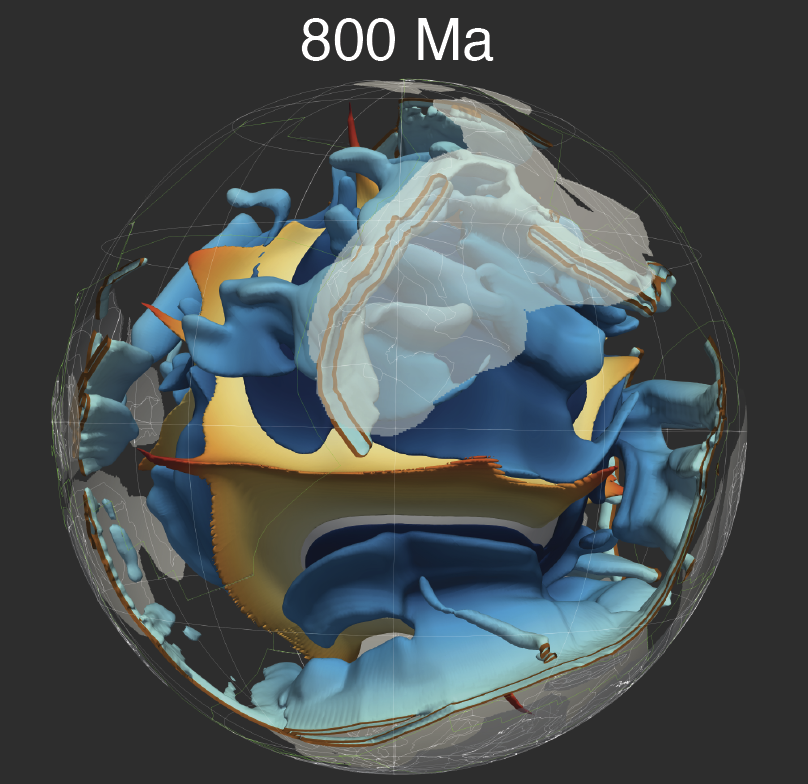Geochemistry, Geophysics, Geosystems: The history of Cenozoic carbonate flux in the Atlantic Ocean constrained by multiple regional carbonate compensation depth reconstructions
The Atlantic is the only ocean basin almost entirely surrounded by passive margins, and a major global long-term sink of carbonate carbon that has evaded subduction. Quantifying the history of carbonate accumulation in the Atlantic has been limited by the absence of well-defined regional carbonate compensation depth (CCD) models. We determine the CCD for the … Read more…





























